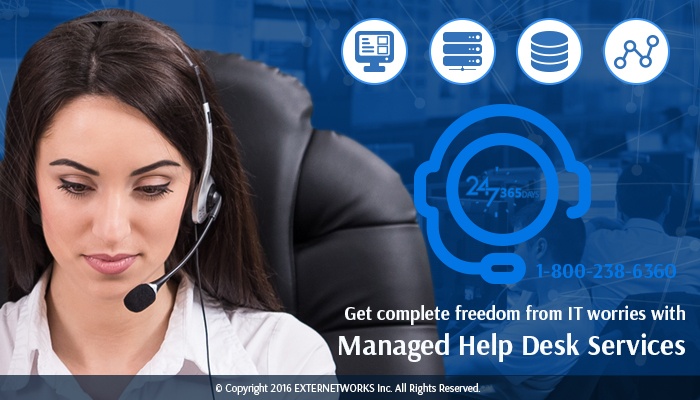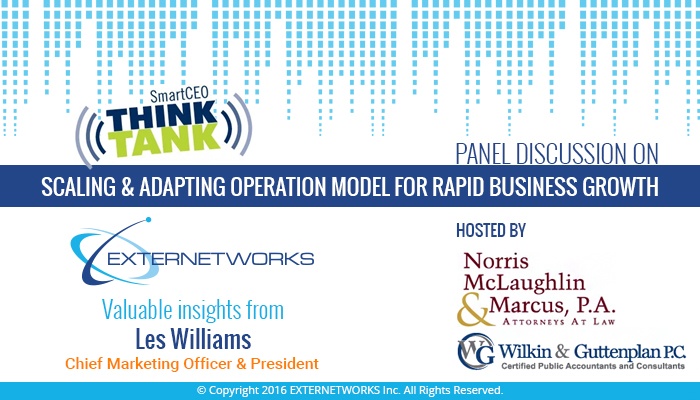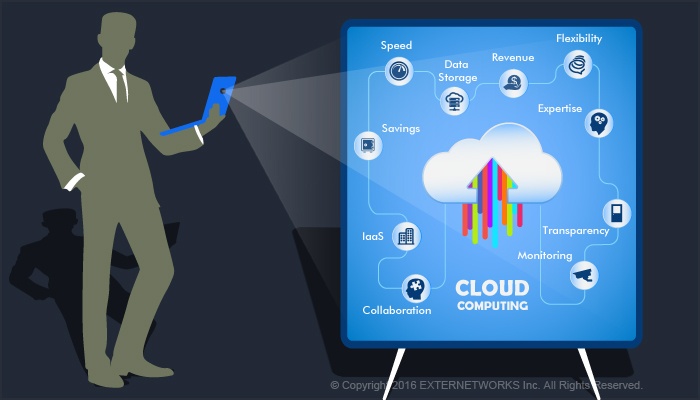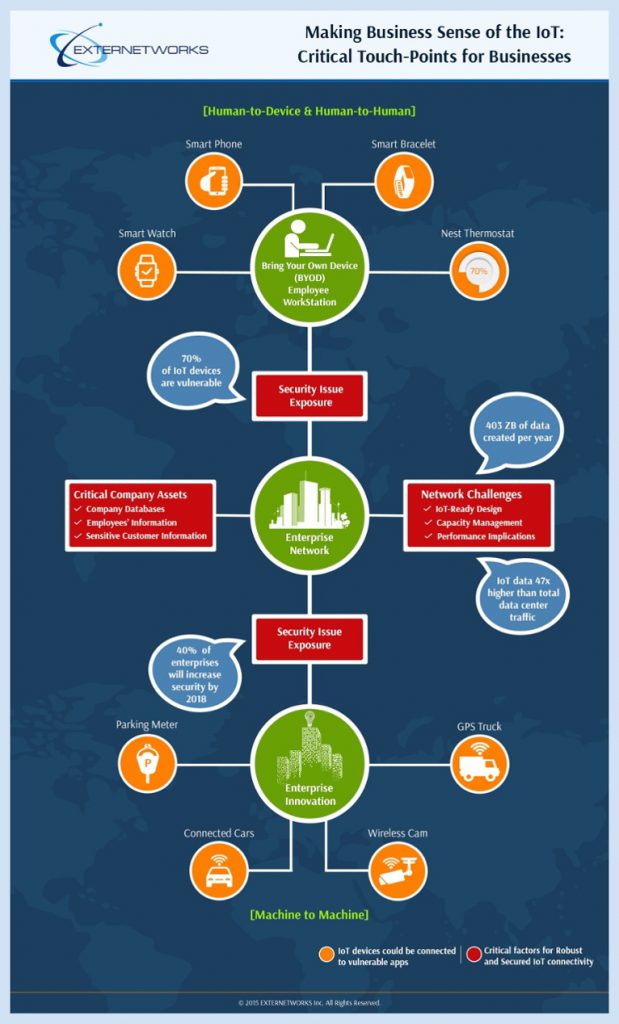IoT & WEARABLE TECHNOLOGIES – THE FUTURE
How They Will Reshape the Enterprise IT Landscape
With the recent launch of Apple Watch and more wearable technologies to follow, more and more connected devices are expected to get hooked on with one another in a highly networked world of the ‘Internet of Things’ (IoT). How will this reshape the enterprise IT landscape and impact your enterprise, and what you can – and should – do to secure it? Read on…..
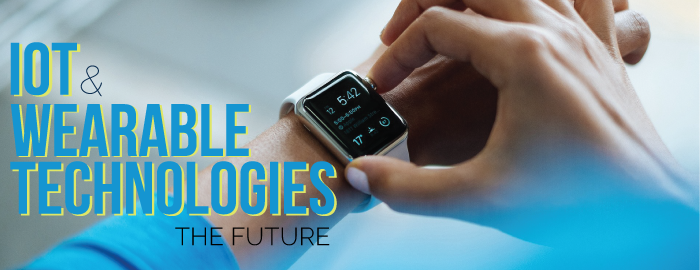
The Landscape of Future Technologies
IoT – A HIGHLY ‘NETWORKED’ WORLD
Today, we live in a highly networked world, where humans are connected to one other, and to a huge reservoir of information and entertainment. About half of the global population now owns and uses a mobile device. In developed countries, most households are connected to the internet. Today, we use our smart devices for almost everything – work, play, shopping, entertainment, knowledge exploration, and communication. It is predicted that by 2025, about one trillion devices will be connected to the internet.
Table-1 below shows the rise of connected devices over the years and depicts how highly networked the world is today. The volume and velocity of data generated within an IoT landscape, involving hundreds or thousands of devices, will be astronomical by any standards. For instance, sensors on just a single Boeing aircraft can generate 20 terabytes of data per hour; the optical telescope, Large Synoptic Survey Telescope (LSST), can generate approximately 200 petabytes of data in its lifetime; and the radio telescope ensemble, Square Kilometer Array (SKA), will alone produce several exabytes per day, as it senses the changes and behaviors of objects in the universe.
TABLE-1: THE RISE OF CONNECTED DEVICES OVER THE YEARS

Source HP
The IoT, which implies connecting to all devices on a network via a wired or wireless connection, is changing the world of business, creating opportunities for new revenue streams, smarter interactions with customers, and greater efficiencies. Communication between mechanical or electronic devices is automated by what is collectively known as machine-to-machine (M2M) technologies, which are found in transportation companies (for tracking packages), smart buildings (for energy conservation), and instrumentation manufacturers (for controlling product quality).
Today’s M2M technology is accelerating at a rapid pace, thanks to advancements in sensors, wider and more affordable access to high-speed mobile networks, and a developed ecosystem of equipment vendors and infrastructure providers. Of late, we have entered into a new era of connectivity beyond the human sphere. More and more objects in our physical world are now able to communicate with us – and with each other – through embedded sensors, tags, and actuators, without human involvement. These ‘smart objects’ can see, hear, feel, and smell the world encompassing them.
Now that we are able to make objects more intelligent and internet-enabled, we can blend the physical world with the digital world of information and ideas in one vast, shared network over the ubiquitous internet. Intelligence embedded into personal items, household appliances, cars, clothing, factory equipment, and infrastructure generates humungous amounts of valuable data that can be collected, networked, and analyzed for a wide range of business, societal, and personal advancement.
THE DRIVING FORCES OF THE IoT
The IoT is transforming the world of business, creating greater efficiencies. Mobile has been one of the most revolutionary technologies of the last century and Apple has been spearheading it. Much of the first wave of this growth will be in wearable technology. The major driving technologies of the IoT today include the following:
- Wearable Technologies: Wearable devices, such as the Apple Watch, and a host of other smart devices by other companies, such as Samsung, Google, Jawbone, Fitbit, Adidas, Pebble, Motorola, Johnson & Johnson, etc., will drive the market for the IoT. More than 485 million units of shipments of wearable devices are expected by 2018. From Google Glass and Apple iWatch to fitness bands and patient vital sign monitors, the body area networks (wearable, patchable, or implantable devices connected to your smartphone or tablet, or a more specialized device such as a hospital patient monitor, neuro-stimulator or sleep apnea system) these devices will inhabit present fewer development obstacles and lower infrastructure costs than larger networks. For the total number of connected devices estimated between now and 2015, see “Table-1: The Rise of Connected Devices Over the Years.” Microsoft, Blackberry, Google and Samsung are following Apple and setting up the stage for massive explosion of wearable devices. Credit Suisse expects the total market value in wearables to increase ten-fold – from $3.0-5.0 billion to $30.0-50.0 billion – over the next three to five years.
- Smart Devices & Associated Technologies: Smart devices and associated technologies continue to rise exponentially. These include ultra-low power processors, accurate, low-cost, ultra-low power mobile sensors, and low-power wireless connectivity.
- Device Miniaturization: Developments in integrated circuit fabrication and packaging enables effective wireless sensor packages – including processor, sensor, network device, and power source – as small as a cubic millimeter in volume.
- Cloud Computing & Big Data: Cloud computing and Big Data analytics are now somewhat matured and in a steady state of adoption. More so, they make it possible to analyze data from enormous sensor arrays. Conversely, they influence the increasing demand for wireless sensors with their development of new sensor applications that are made readily available for the IoT market. The combined rise of cloud, analytics, and social media creates fertile grounds for a thriving IoT landscape.
IMPACT ON THE ENTERPRISE IT LANDSCAPE
The networked world of IoT introduces a huge number of new intelligent devices that organizations can exploit for analytics and real-time business purposes. The IoT is impacting and transforming almost all individuals and industries, opening up new business models as well as new sources of operational efficiencies and revenues. The following examples illustrate how IoT is creating new revenue sources to various industries by way of savings:
- Airlines Industry: According to the US Bureau of Transportation Statistics, US airline companies spend approximately $48 billion in jet fuel costs. Reducing the fuel consumption by a mere 2% would yield nearly $1 billion in savings, without taking into account potential savings to international carriers.
- Mining Industry: Through predictive maintenance, a mid-sized mining company can reduce up to $2 million per annum, and the operations productivity improvement for well-maintained machines can yield a savings of up to $8 million per annum.
- Oil & Gas Industry: Over a period of 30 days, an oil exploration company can extract $100 million worth of crude oil. The ability to forecast the potential failure of an exploration machine in time to repair it can avert revenue losses in millions of dollars for each day of potential shut down of operation.
According to Cisco, IoT growth will generate $14.4 trillion in value – across all industries – over the next decade. This is somewhat consistent with the report (Disruptive Technologies: Advances That Will Transform Life, Business, and the Global Economy, May 2013, MGI) from The McKinsey Global Institute. It estimated the potential economic impact of the IoT to be between US$2.7 and $6.2 trillion per year by 2025, via improved operational efficiencies as well as new revenue-generating products and services. Based on these two estimates from these two reputable companies, one can conveniently infer that about $14.4 trillion dollars will be generated by 2025, with each year in-between generating between $2.7 to $6.2 trillion per year. It could be expected that the higher revenue distributions will be occurring later on in this time period. As mentioned above in the section under “The Driving Forces of the IoT,” Wearables alone will account for $30 to $50 billion of this yearly revenue within the next three to five years, according to Credit Suisse. During this same period HP predicts that the number of connected devices will hit 1 trillion (see Table-1: The Rise of Connected Devices Over the Years). In a nutshell, McKinsey sums it up well in its consideration that the IoT is one of the most disruptive technology trends of the next decade, with comprehensive ramifications for businesses and policymakers.
The IoT will have a striking impact on the way organizations interact with customers and streamline their operations. As the cost of technologies continues to plunge and the ecosystem matures, the IoT will shift from a theoretical possibility to a novel way of doing business.
CHALLENGES & OPPORTUNITIES OF A ‘NETWORKED’ WORLD
Though the networked world of IoT creates unprecedented opportunities, it is not without its challenges. Compared with the present generation of process-centric business applications, IoT and M2M applications will introduce a breathtaking increase in data volumes and velocity that threaten to overpower traditional IT architectures. The companies implementing Big Data initiatives have also been confronting the same challenges, but with some unique twists in the areas of security and fraud detection, high availability, latency, and scalability.
The networked world introduces a huge number of new intelligent devices that organizations can exploit for real-time business purposes. As organizations increasingly rely on machine-generated data for real-time business processes, it will be imperative to ensure that such data is reliable and secured.
Organizations must be able to detect fake devices trying to interact with the IoT infrastructure, both from device and network vectors. Some industries will have to be more discreet to ensure that sensitive data is protected and encrypted. For instance, securing data captured by a health monitoring device at your home will likely be mandated by the Health Insurance Portability and Accountability Act (HIPAA) in the US.
To fully harness the opportunities of the IoT, as an organization, you need to consider the following challenges:
- How you will address new technical challenges, as you integrate increasingly intelligent devices into your present IT landscape?
- How you will securely connect these intelligent devices via the internet to your organization?
- How you will capture data reliably at the ‘point-of-action’?
- How you will analyze enormous amounts of machine-generated data alongside traditional data sources in real time?
HOW EXTERNETWORKS CAN HELP YOU?
As the IoT moves into the mainstream of business with the mushrooming of wearable and smart devices, you will have to successfully overcome the challenges related to managing astronomical amounts of data generated by your enterprise, while simultaneously ensuring security of your organizational infrastructure and network. Managed Services Providers (MSPs), such as ExterNetworks, can help businesses harness IoT technologies to the hilt by creating innovative products, new services, and novel business models. They serve as out sourcing agents for organizations, especially ISPs, which don’t have the resources to constantly upgrade or maintain high-speed IT networks. With the launch of Apple Watch acting as a catalyst for more wearable devices, organizations should gear themselves up for an era of wearable devices and stay competitive.
At ExterNetworks, business transformation is at the core of our services strategy. We can help you innovate to generate revenue or gain productivity and cost efficiencies starting with one of these solutions:
- Wireless and Mobility Services With the unprecedented possibilities and ease of accessibility on the wrist that the new Apple Watch offers, many players have launched innovative apps in the Apple Watch app store to engage with new customers and retain their loyal customers, who use the Apple platform. What are you doing about it? We help you innovate quickly to gain revenues with expert application design, application development, integration, and application maintenance.
- Network Integration Services Every organization needs to evolve its IT infrastructure to keep up with this dynamically converging networked world. You will need to be fully equipped to operate an intelligent infrastructure able to securely integrate with the IoT. A vision that requires a technology infrastructure that can capture data securely from hundreds of thousands of end points, utilize Big Data affordably, and provide powerful real-time analytics to a large number of people. We will design the right infrastructure for you, deploy and integrate your systems in a vendor agnostic manner. Our solution will enable you to meet the new challenges head-on and thrive in a networked world of IoT and wearable technologies.
- Network Design & Optimization Services enable you to successfully overcome the challenges related to designing the right IoT solution for your business. Use our expertise to filter through the noise and complexity of emerging technologies and get the best alignment with your business and IT requirements.

